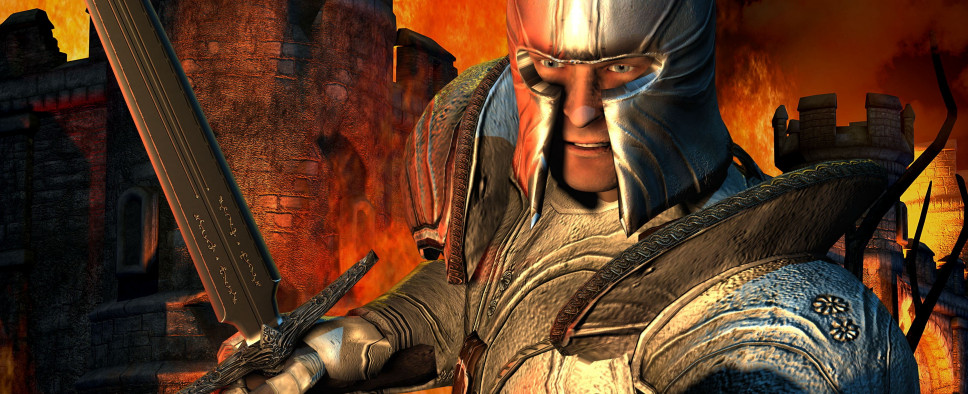The Elder Scrolls IV: Oblivion - A Look Back
-
Category: News ArchiveHits: 3737

If you have fond memories of Bethesda's flagship The Elder Scrolls series, then you might enjoy this PC Gamer article that looks back at the fourth installment of The Elder Scrolls - Oblivion. The article touches on how the game feels way more empty now but at the same time manages to provide plenty of entertainment through its side quests and emergent gameplay moments. An excerpt:
It was a shock to go back to The Elder Scrolls IV: Oblivion. I hadn’t been prepared for how dated the world seems now. I remember it as a vibrant, strange landscape which filled the areas between massive cities with wildlife and odd buildings. In 2018 it is a sparse place. There aren’t enough trees, there aren’t enough textures, there is a bit of bad weather that seems rooted in place near Kvatch so you can cause the rain to fall by walking into it. It’s clunky and weird, but it feels so good to be back.
Actually, before I got to the landscape there was the escape route from the cells. The Emperor joined me for that bit, as fellow players will remember. What you might not recall—because nostalgia is the flattering Instagram filter of the brain—is that Uriel Septim VII looked like he’d spent his royal downtime investigating Real Housewives Of Beverly Hills levels of Botox. I’m also of the opinion that he was wearing a hairpiece.
Obviously I say this with affection because I would watch Royal House Emperors of Cyrodiil every week without fail. But it was a little distracting until I sank back into the Oblivion experience.
Kvatching up
Also distracting were the DLC quest prompts which popped up on the screen throughout my escape. Sneaking through dank tunnels I received a note about my horse armour entitlement, there was a letter claiming I’d been left a lair by a long-lost relative, and a missive begging for me to give aid to Battlehorn Castle. If I hadn’t been in a fantasy land I’d have assumed I’d just got back into signal range after a trip abroad and my phone was frantically chirping its way through all the accumulated spam.
I guess the closest in-universe explanation I could come up with was a bunch of ghosts working as flyer distributors for local retailers or as intermediaries for fraudsters. I mean, I’m fairly sure I’ve warned my own parents not to reply to emails from people claiming to have news of lairs inherited from long-lost relatives or demanding aid with the promise of a castle in return.
Exiting the sewers I was wondering what would happen to that ‘wow’ moment from 12 years ago. I felt pretty sure it would no longer be ‘wow’, but if Oblivion could no longer look to graphical swishness (technical term) for that emotional beat, I was curious as to what sensation would take its place.
What happened instead is that I was struck by how sparse the world seemed. That’s not actually a bad thing because it changes the final note of your escape from one of embracing glorious freedom to a muted exit into a muted world. Less jubilation and more a ‘What now?’ which actually feels appropriate to the sudden weight of responsibility thrust upon you by the narrative.
The next few hours continued to disintegrate the rosy veneer that memory applies to beloved games. I remember thinking of Cyrodiil as a vibrant world full of strange challenges when I first played. I still got flashes of that—particularly when catching sight of the stainedglass windows in various chapels—but generally the world had a slightly muddy colour palette, the faces looked horrible and the objects were that strange combination of indistinct textures and jagged edges.

